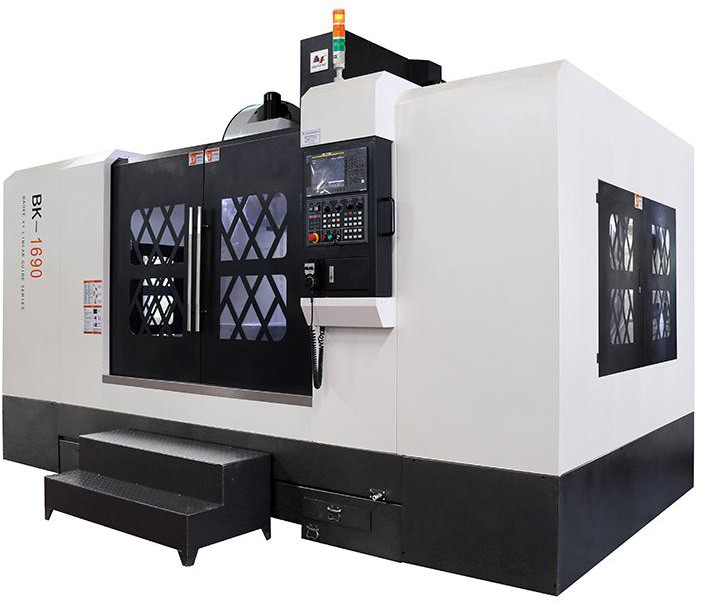CNC lathe machining has been widely used in many manufacturing industries requiring mass production. Then, how much do you know about CNC machining? Today, I will take you to understand some common types of CNC machines, the advantages of CNC lathe machining, and multi-axis CNC machining. I hope this article will be helpful to those who want to understand CNC machine tools.

What Is CNC Lathe Machining?
CNC(computer numerical control) machining is the manufacturing and processing of parts and products under computer control. Numerical control machining involves shaping and resizing a piece of material (i.e. a workpiece) using a computer numerical control (CNC) machine tool by automatically removing the material. Usually, the materials are plastic or metal, and when the removal of material is complete, the finished product or product is already produced.
This process is also known as subtractive manufacturing. For CNC machining, computer applications are used to control the movement of the lathe.
Common Types Of CNC Lathe Machining
The most common CNC machining are milling and turning, followed by grinding, EDM, and so on.
CNC Milling
CNC milling is to apply the rotating cutting tool to the workpiece surface, moving along 3, 4, or 5 axes. Milling is the cutting or trimming of a workpiece, and it can quickly process complex geometric shapes and precision parts with metal or thermoplastics.
CNC Turning
CNC turning is to use the lathe to produce parts containing cylindrical features. The workpiece rotates on an axis and is in contact with precision turning tools to form circular edges, radial and axial holes, grooves, and grooves.
Advantages Of CNC Lathe Machining
Compared with traditional manual machining, CNC machining is much faster. As long as the computer code is correct and conforms to the design, the finished product has high dimensional accuracy and the error is very small.
CNC manufacturing is an ideal rapid prototyping processing method. It can also be used to manufacture end-use products and components, but it is usually cost-effective only in short production runs with low volumes.
Multi-Axis CNC Machining
CNC milling involves removing materials and using rotating tools. So, either the workpiece remains stationary and the tool moves to the workpiece, or the workpiece enters the machine tool at a predetermined angle. The more axes of motion a machine has, the more complex and faster the molding process is.
-
Axis CNC Machining
Three-axis CNC milling is still one of the most popular and widely used machining processes. In 3-axis machining, the workpiece remains fixed and the rotating tool cuts along the X, Y, and Z axes. This is a relatively simple form of CNC machining, which can produce products of simple structure. However, it is not suitable for processing complex geometric shapes or products with complex components.
Since cutting can only be done on three axes, the machining speed may also be slower than four - or five-axis CNC milling, as the workpiece may need to be manually repositioned to obtain the desired shape.
-
Axis CNC Machining
In 4-axis CNC milling, the fourth axis is added to the motion of the cutting tool, allowing rotation with the X-axis. There are now four axes -- x, y, z, and A(rotating with the x-axis). Most four-axis CNC machines also allow the workpiece to rotate, known as the B-axis so that the machine can act as both a milling machine and a lathe.
If you need to drill holes into the side of a piece or the surface of a cylinder, 4-axis CNC machining is the way to go. It greatly speeds up the machining process and has high machining accuracy.
-
Axis CNC Machining
5-axis CNC milling has an extra axis of rotation compared to four-axis CNC. The fifth axis is rotating about the Y-axis, also known as the B-axis. The workpiece can also be rotated on some machines, sometimes referred to as the B or C axis.4
Due to the high versatility of 5-axis NC machining, it is used to manufacture complex precision parts. For example, medical parts for artificial limbs or bones, aerospace parts, titanium parts, oil and gas mechanical parts, military products, etc.
Well, do you know the differences between 3-axis, 4-axis, and 5-axis CNC machining now? You can choose them according to your demands.


